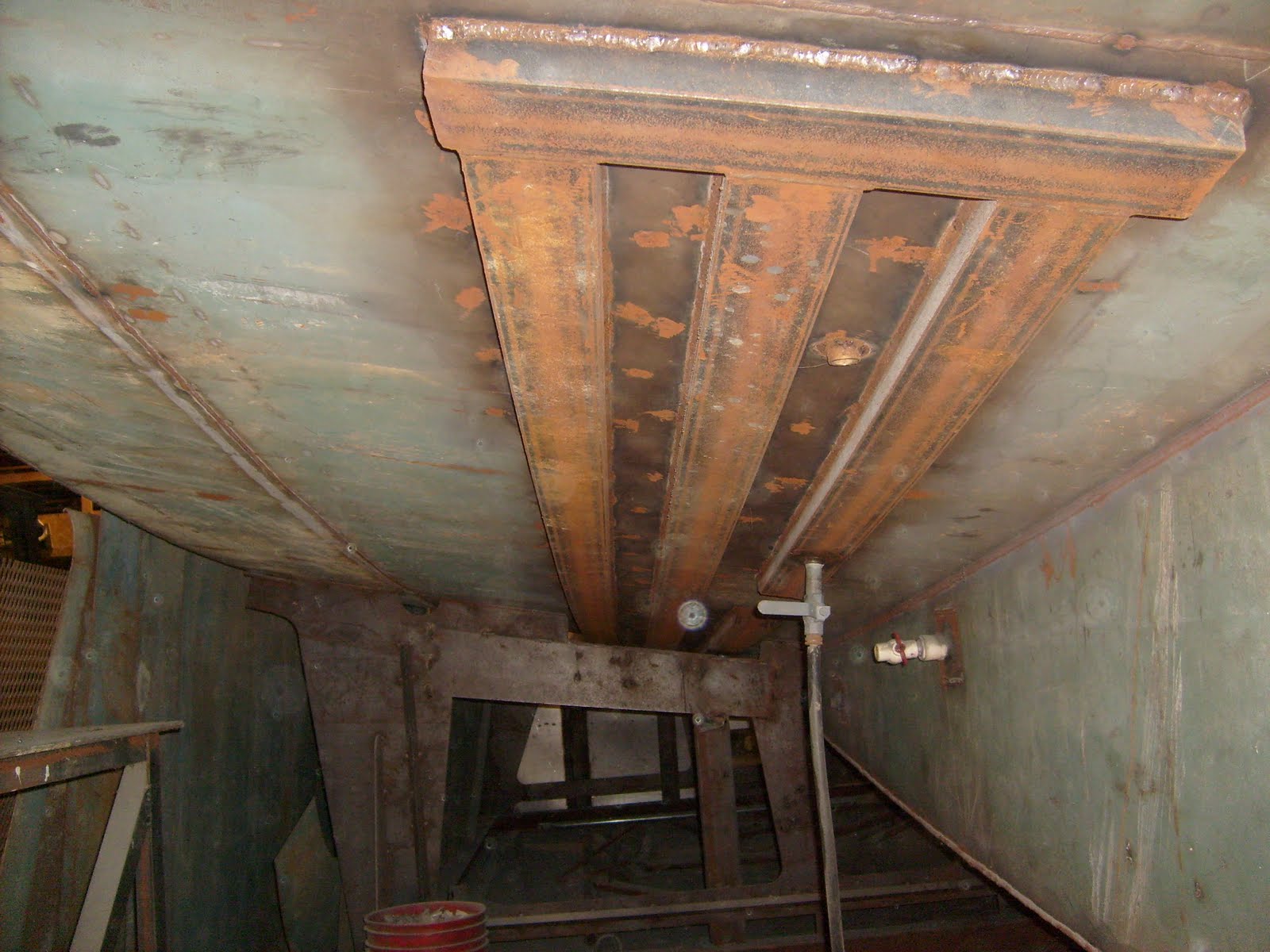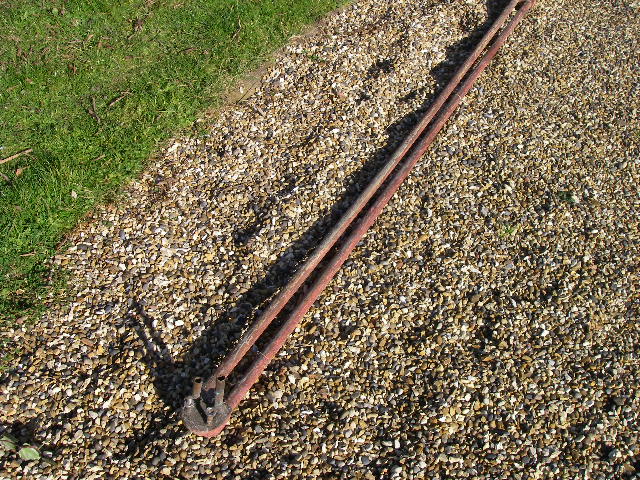ben2go
Guru
For those that aren't familiar with heat exchangers, and those that are, I encourage you to have a look at these two videos. I've worked with heat exchangers since I was in school in my teens to learn industrial maintenance mechanics. I learned so new stuff about these heat exchangers and they are the two predominate heat exchangers found on our boats. The videos can also help pin point problems, make adjustments, and repairs.
Most common, tube type.
Second most common, plate type. This one is really good.
Most common, tube type.
Second most common, plate type. This one is really good.




